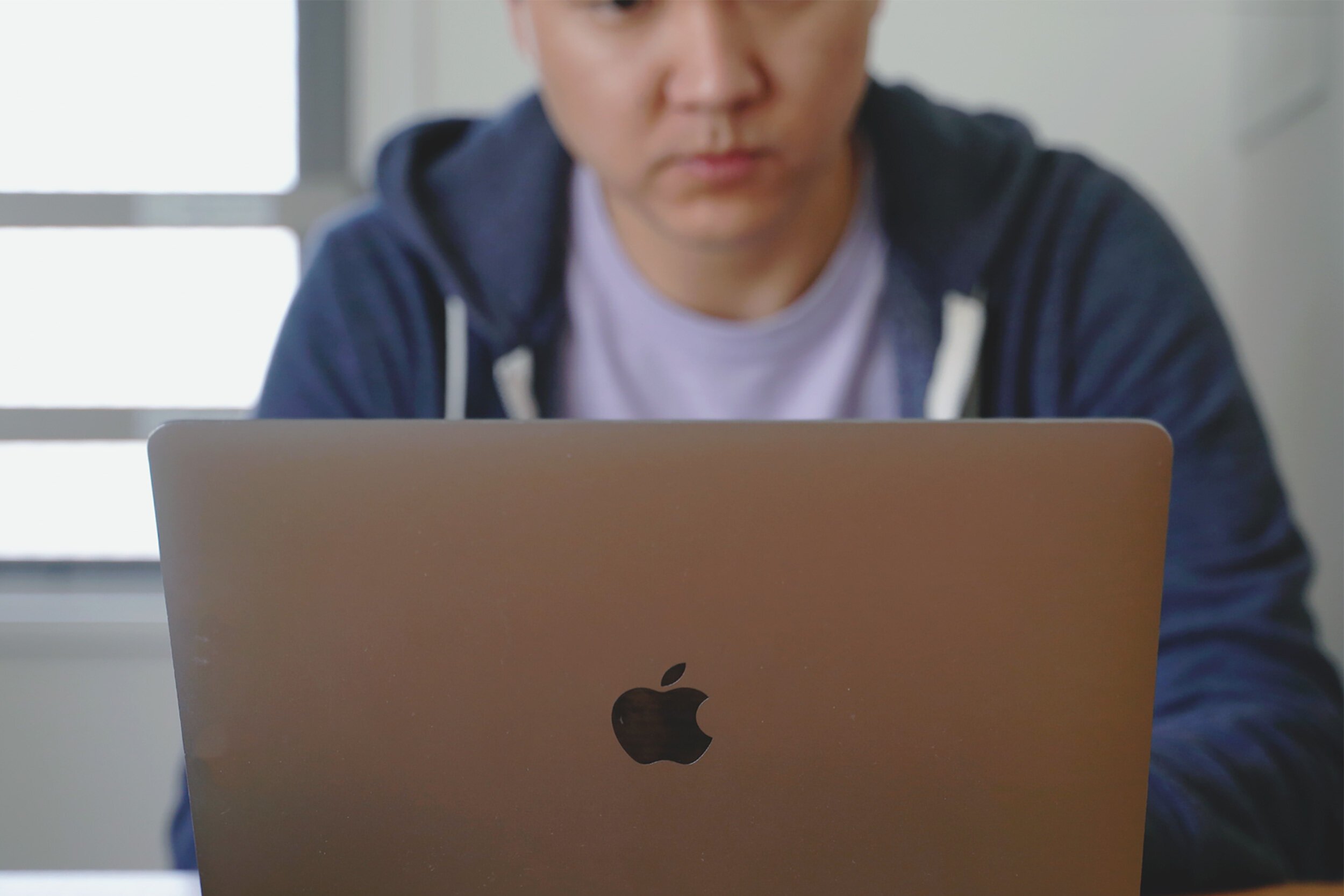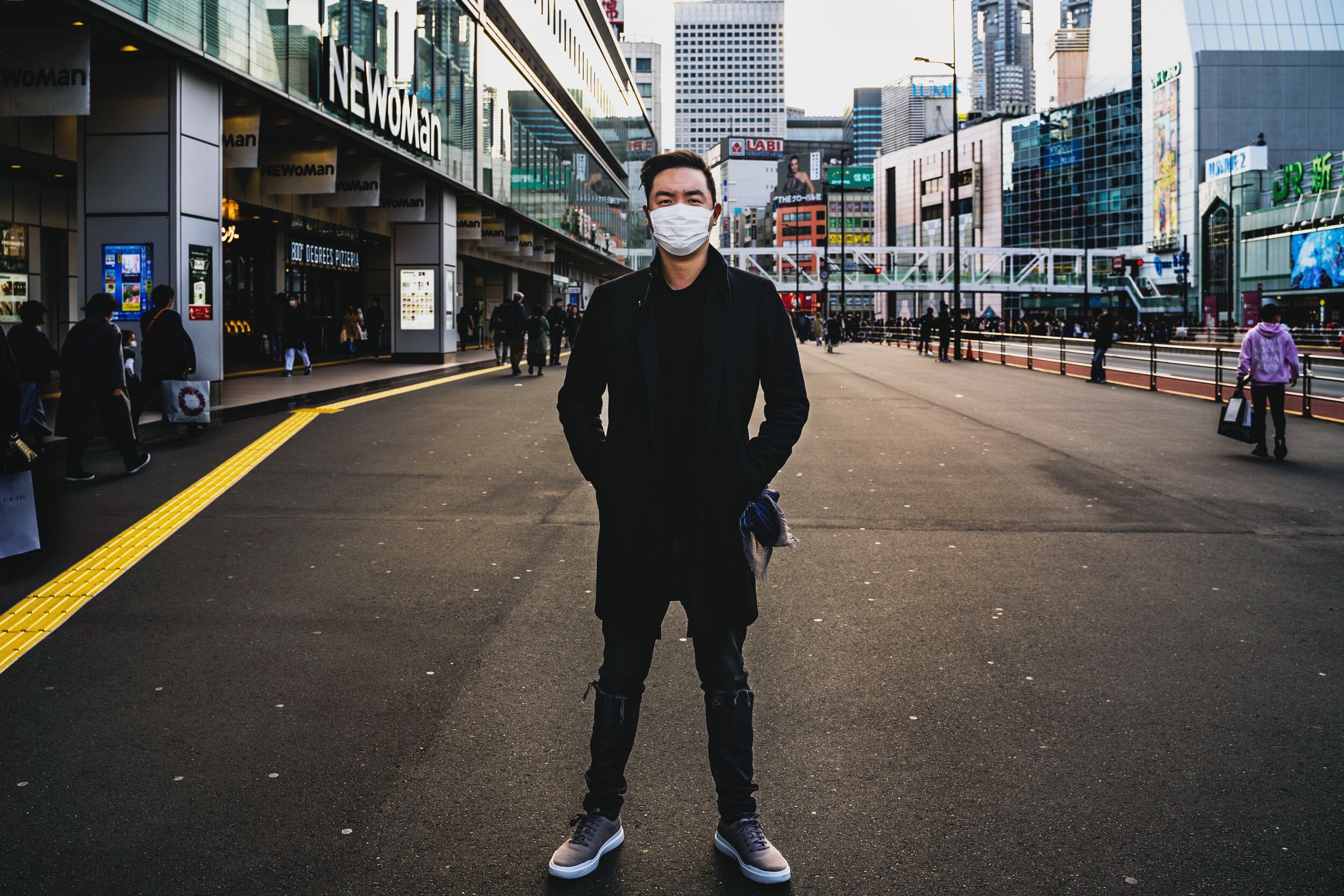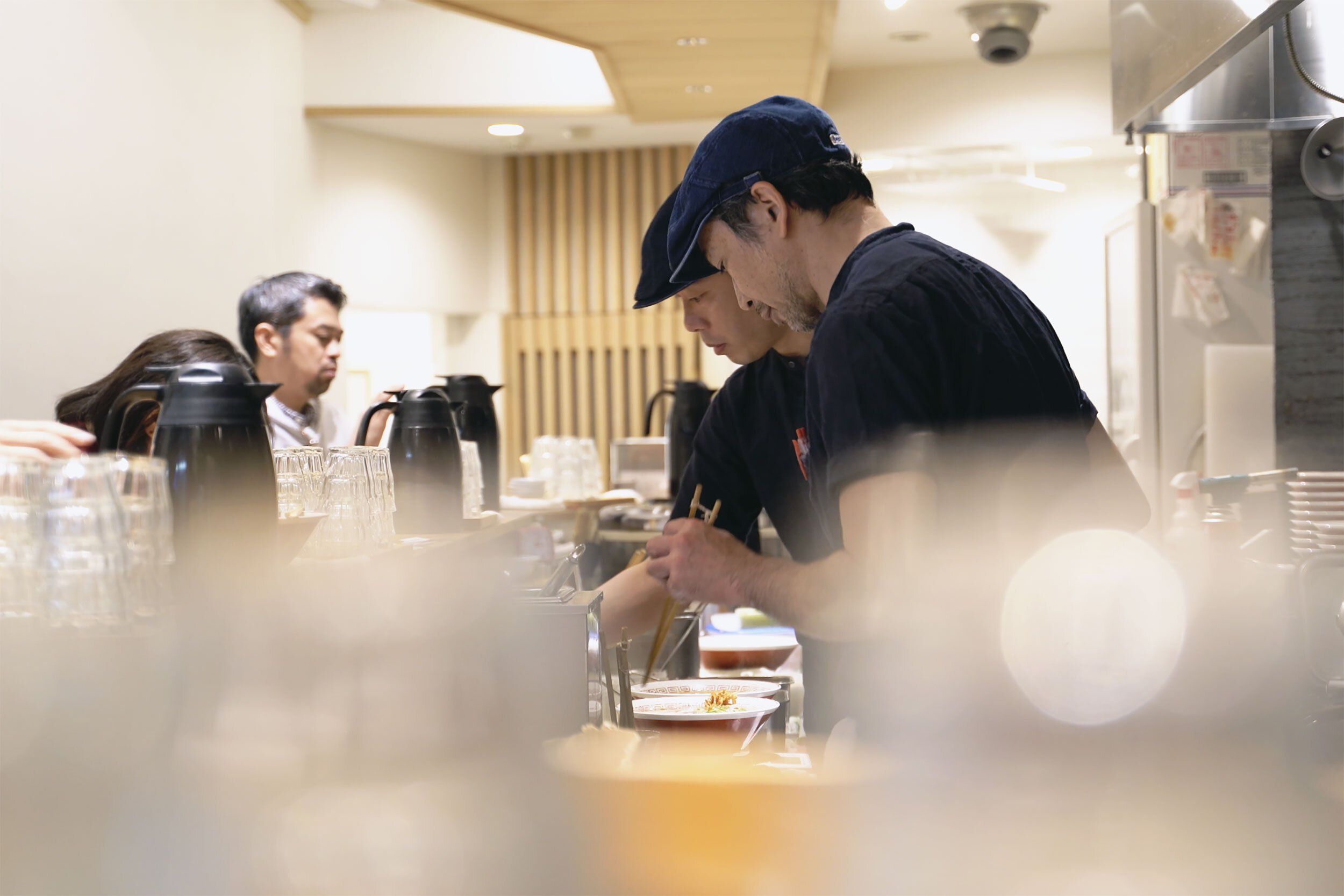What You Get in Tokyo for $1,800/Month
What is a typical 1-bedroom (1LDK) apartment in central Tokyo actually like? My approx. $1,800/month apartment in Setagaya, Tokyo.
Street Photography: Gotokuji & Kyodo, Tokyo
Going out on a snowy winter day to take street photos of Gotokuji and Kyodo, Tokyo.
Street Photography: Koenji, Tokyo
Shooting street photos of Koenji, Tokyo, a neighborhood known for its alternative subcultures.
Tokyo Olympics 2020: What it's Been Like Living in Tokyo
My experience living in Tokyo as it prepares for the Olympics and fights the Covid-19 pandemic.
Springtime Walk in Shimotakaido, Tokyo
Exploring the streets of Shimotakaido in Setagaya, Tokyo during cherry blossom season.
Working From Home in Tokyo
A look at working from home in Tokyo, as the city is now in a quasi-lockdown and tries to reduce person-to-person contact by 70%.
A Snowy Spring Day in Tokyo
Photographing the streets of Setagaya, Tokyo on a snowy, spring day.
Life in Tokyo During the Coronavirus Pandemic
How it’s like living and working in Tokyo during the COVID-19 / Coronavirus pandemic.
Typical Workday Lunch Costs in Tokyo
What my typical lunches on Tokyo workdays are like and how much they cost.
What New Years in Japan is Like
Spending the full New Year’s holiday in Tokyo for an authentic Japanese New Year’s experience.
Hanazono Shrine Torinoichi Festival
Shooting around Hanazono Shrine’s Torinoichi Festival in November 2019.
What You Get in Tokyo for $950/Month
What is a typical studio apartment in central Tokyo actually like? My approx. $950/month apartment in Setagaya, Tokyo.
How I Found My First Apartment in Tokyo
The process I went through to move to Tokyo and find an apartment to live in.













